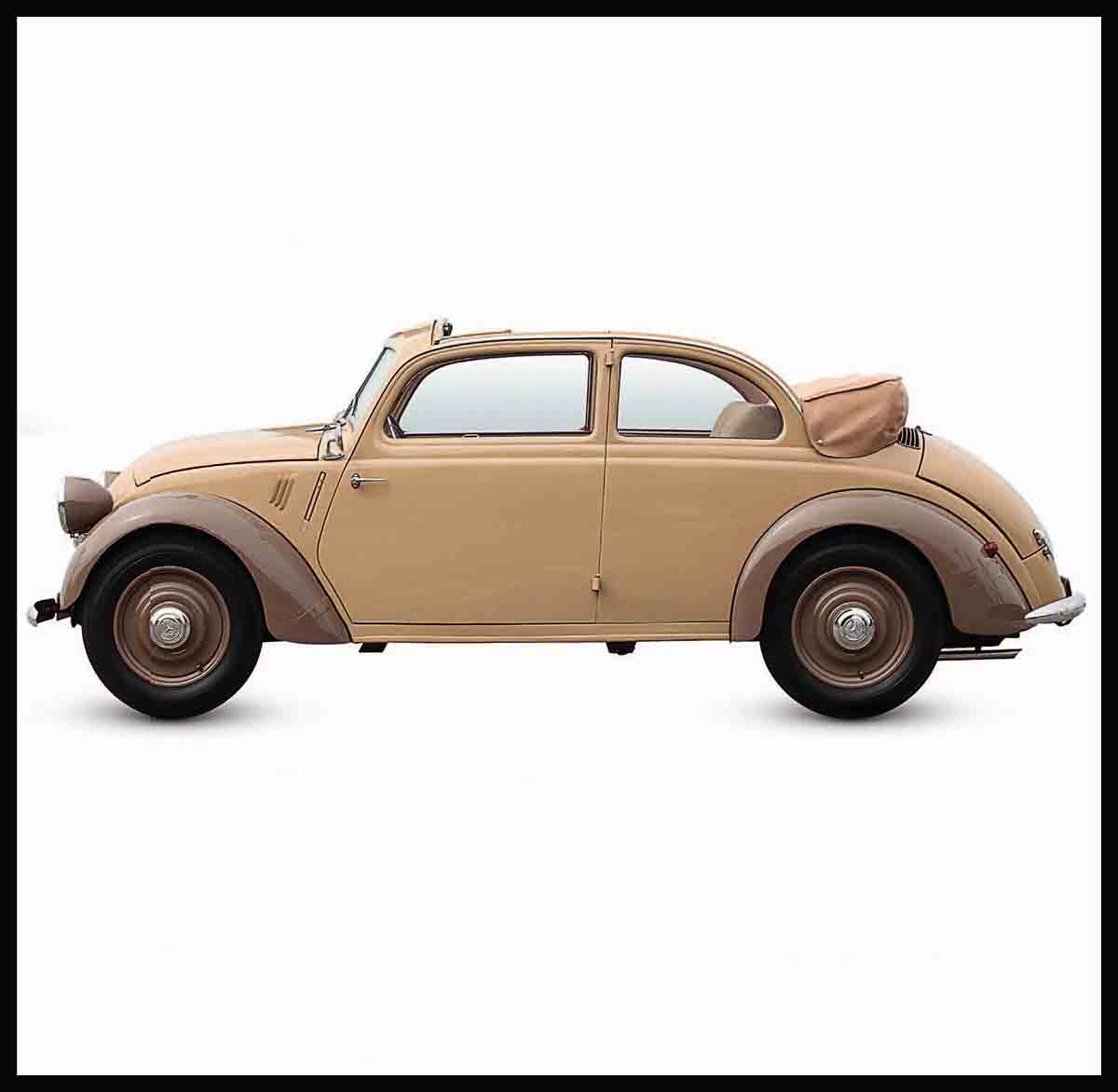
Mass-Market Models
In the 1930s motoring became popular for the middle classes of the United States and Europe, with discerning buyers choosing cars for reliability and power, spaciousness and price. In the United States, new marques such as Pontiac were created to cater to the mass market, and innovations were comfort related—such as automatic transmission to smooth the ride. In Europe, Citroën popularized front-wheel drive and monocoque construction.
Citroën 11 Large, 1935
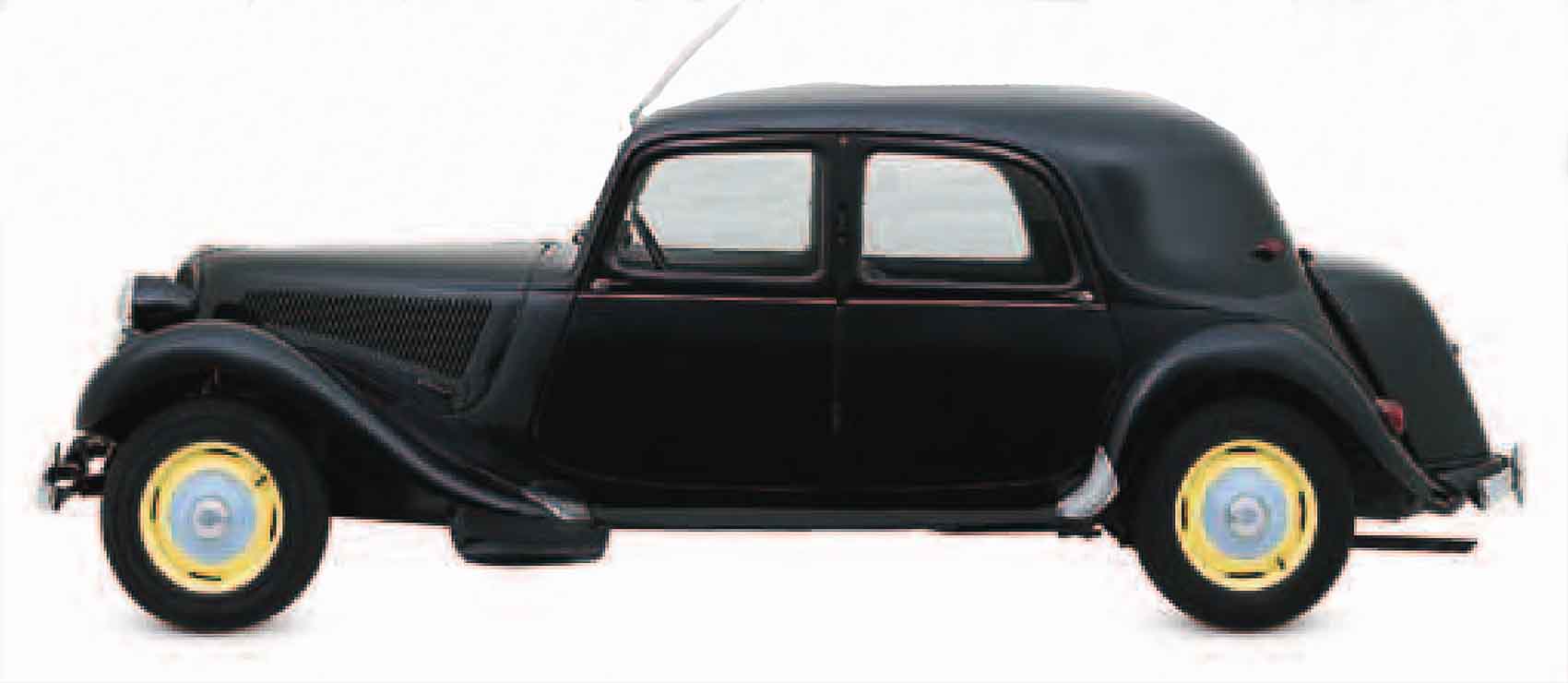
| Origin | France |
| Engine | 1,911 cc, straight-four |
| Top speed | 76 mph (122 km/h) |
Andre Citroën flouted convention with the monocoque construction, front-wheel-drive Traction Avant series. They functioned well, and were produced until 1957.
Singer Nine Le Mans, 1933
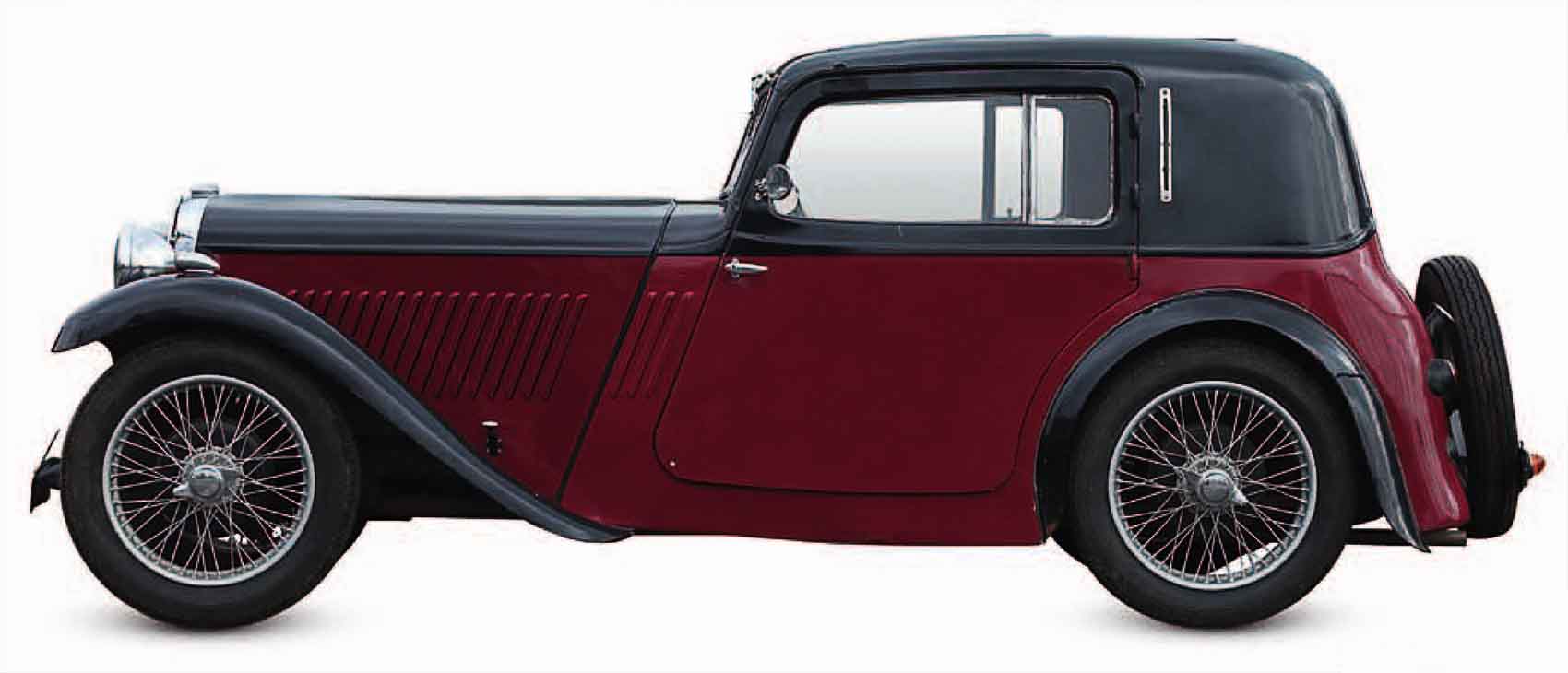
| Origin | UK |
| Engine | 972 cc, straight-four |
| Top speed | 70 mph (113 km/h) |
Singer’s powerful overhead-camshaft engine was its strongest selling point. This was an excellent small sports car to rival MG in the UK.
Austin 10/4, 1935
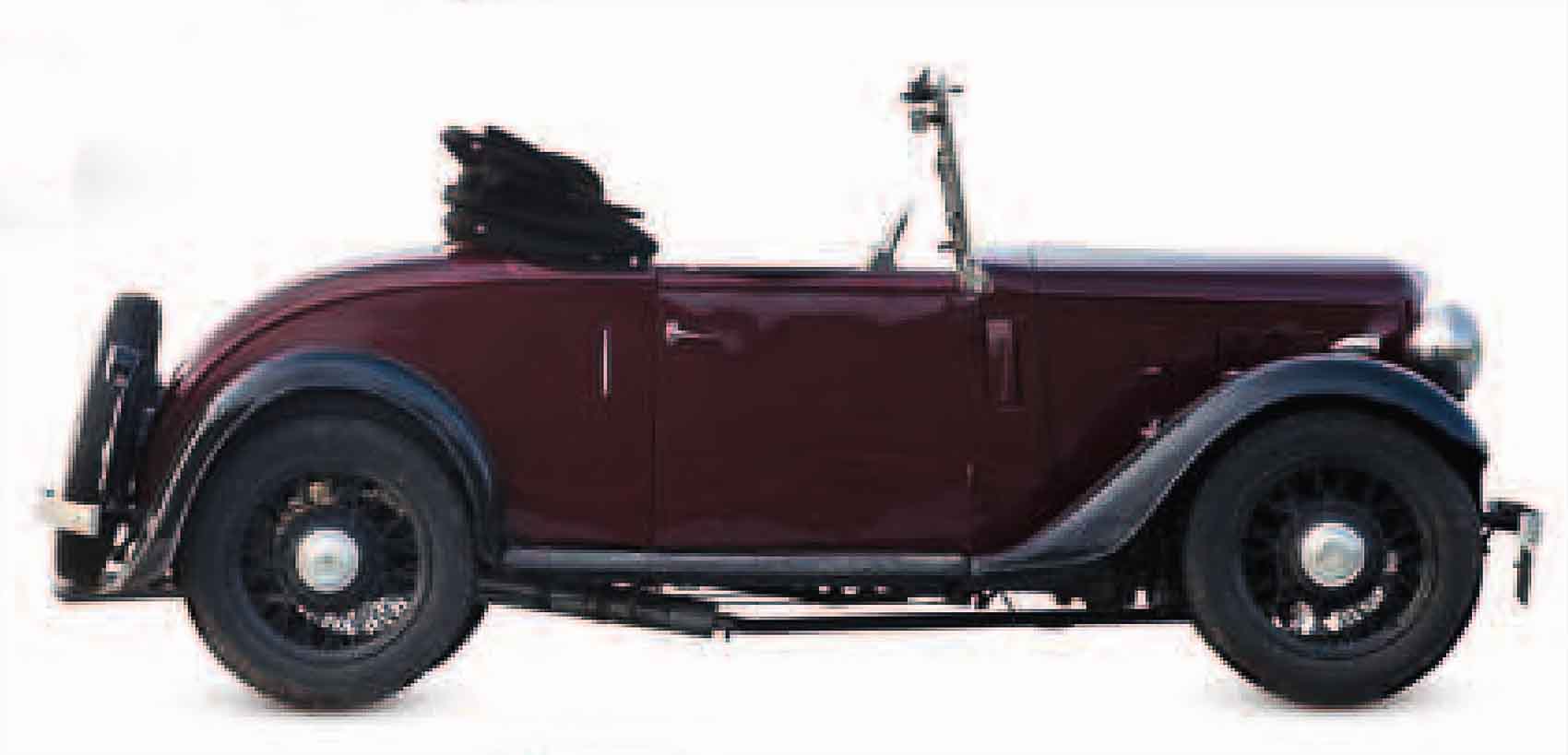
| Origin | UK |
| Engine | 1,125 cc, straight-four |
| Top speed | 55 mph (89 km/h) |
The 10/4 was Austin’s best-selling model from 1932 to 1940, as customers traded up from the tiny Austin Seven of the 1920s to get a little more space and speed.
Pontiac Six, 1935
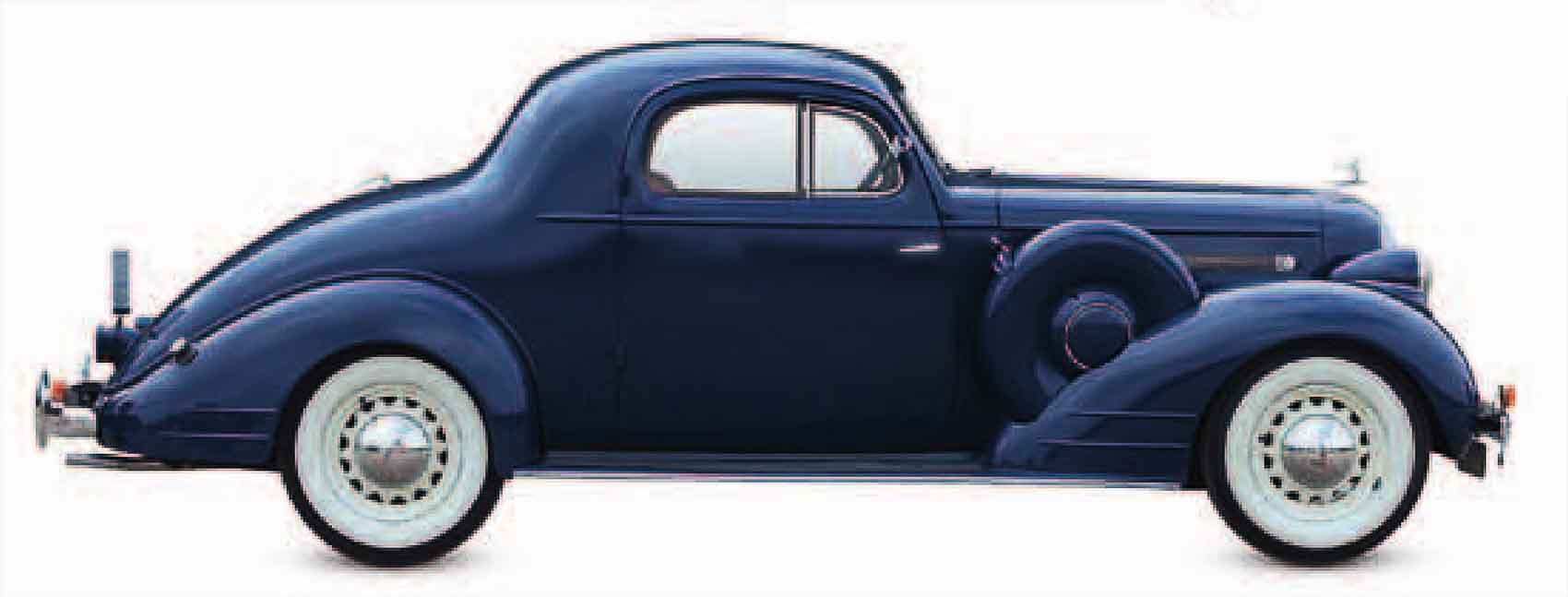
| Origin | USA |
| Engine | 3,408 cc, straight-six |
| Top speed | 75 mph (121 km/h) |
Pontiac provided six-cylinder power and stylish bodywork, featuring a fencer’s-mask grille and turret-top lines. The Six saw the company fifth in the U.S. sales league by 1939.
Ford V8-81, 1938
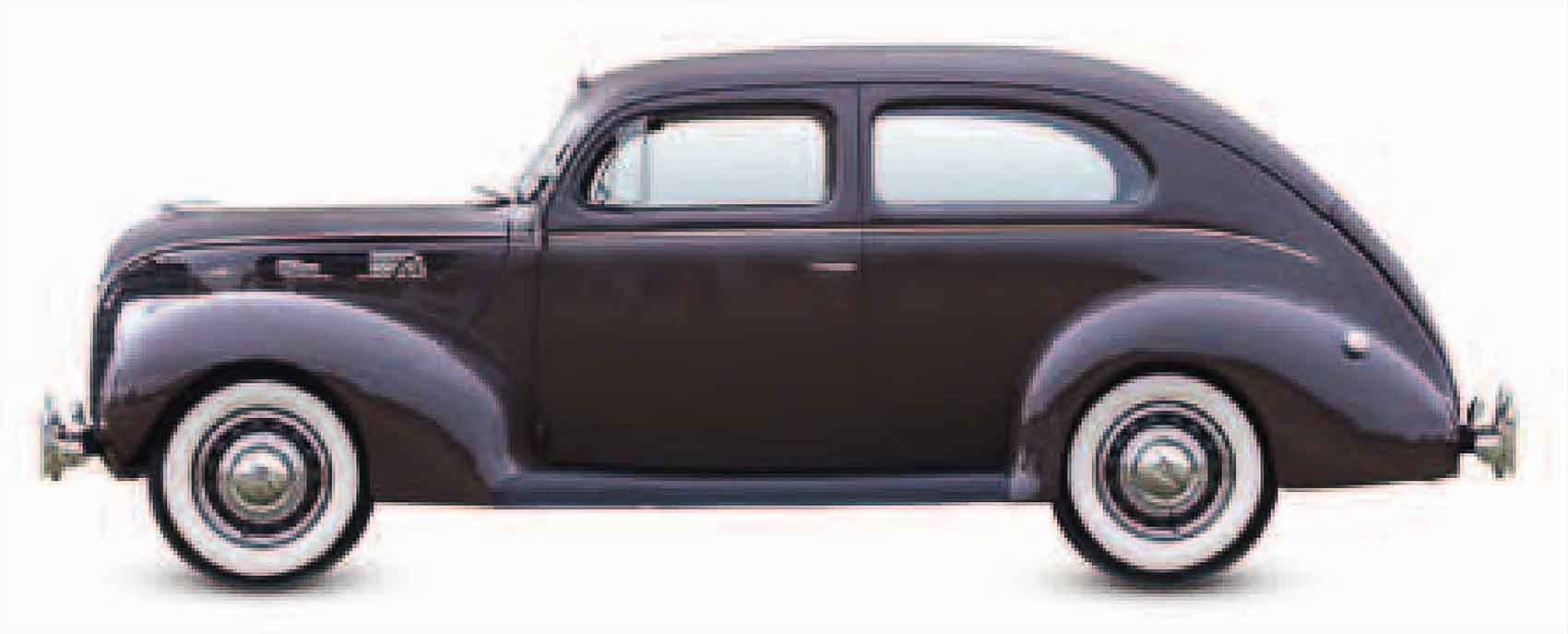
| Origin | USA |
| Engine | 3,622 cc, V8 |
| Top speed | 85 mph (137 km/h) |
Ford’s V8 engine gave more performance for the price than any rivals could offer. This helped it to become a worldwide best-seller to follow Models A and T.
Rover 14, 1934
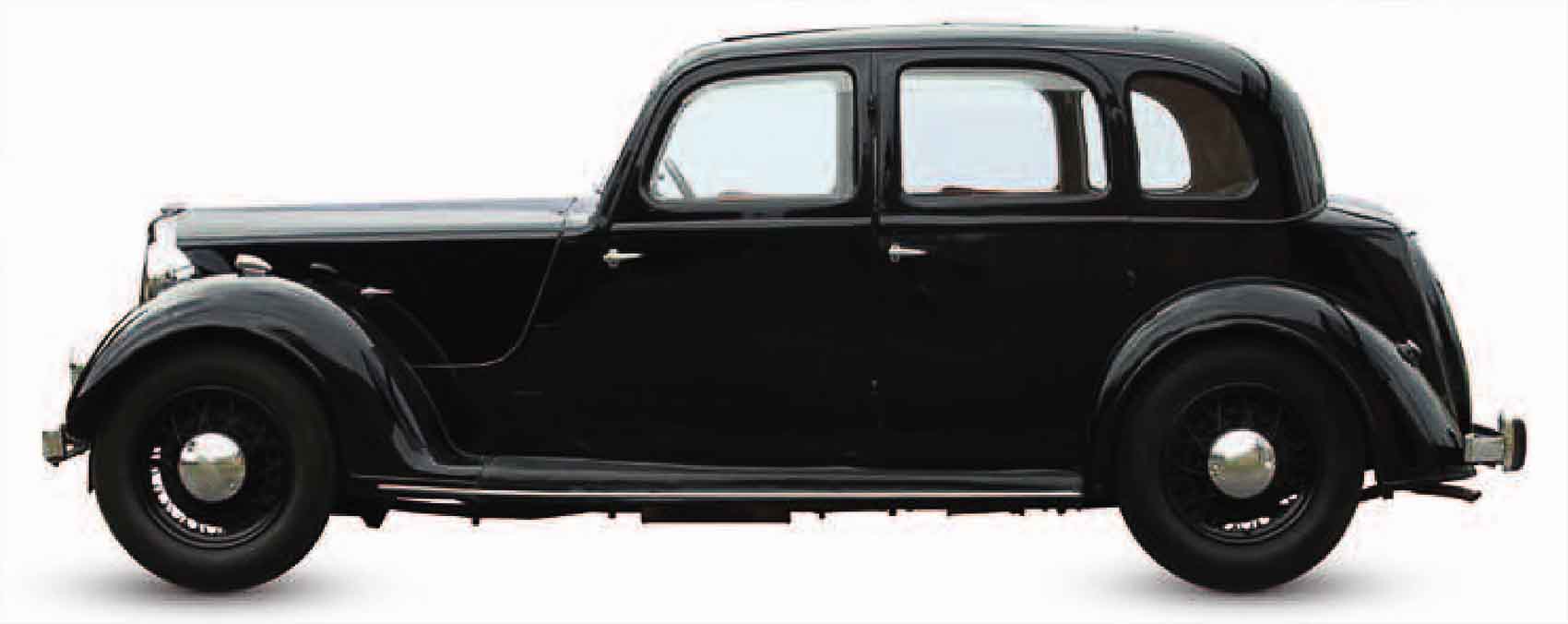
| Origin | UK |
| Engine | 1,577 cc, straight-six |
| Top speed | 69 mph (111 km/h) |
Stylish and solidly middle class with the additional appeal of a six-cylinder engine, Rover’s 14HP sold steadily in the UK throughout the 1930s.
Renault Juvaquatre, 1938
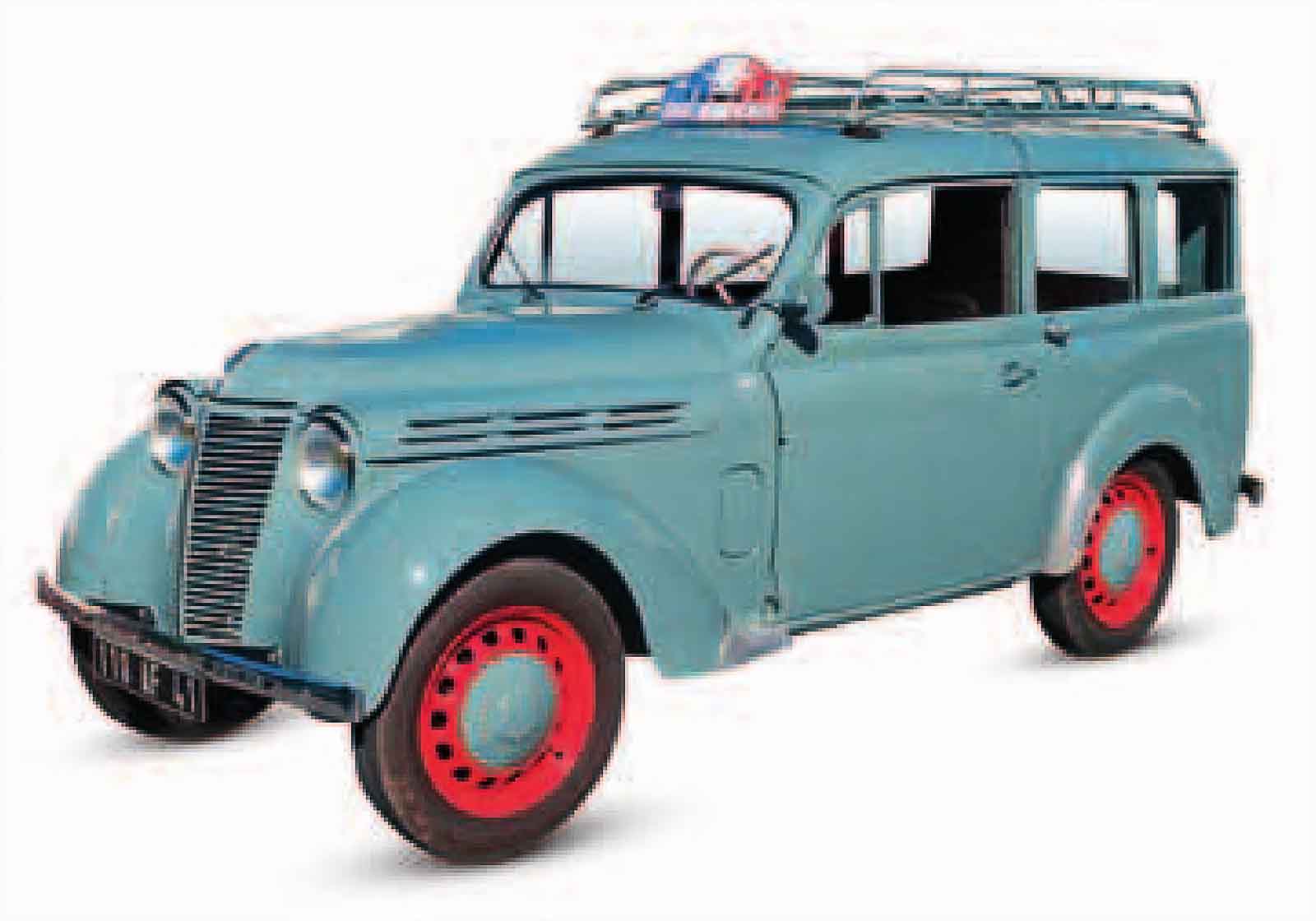
| Origin | France |
| Engine | 1,003 cc, straight-four |
| Top speed | 60 mph (97 km/h) |
A wagon version of Renault’s first unitary construction model was produced until 1960. It had conventional running gear with mechanical brakes and three gears.
Chevrolet EA Master, 1935
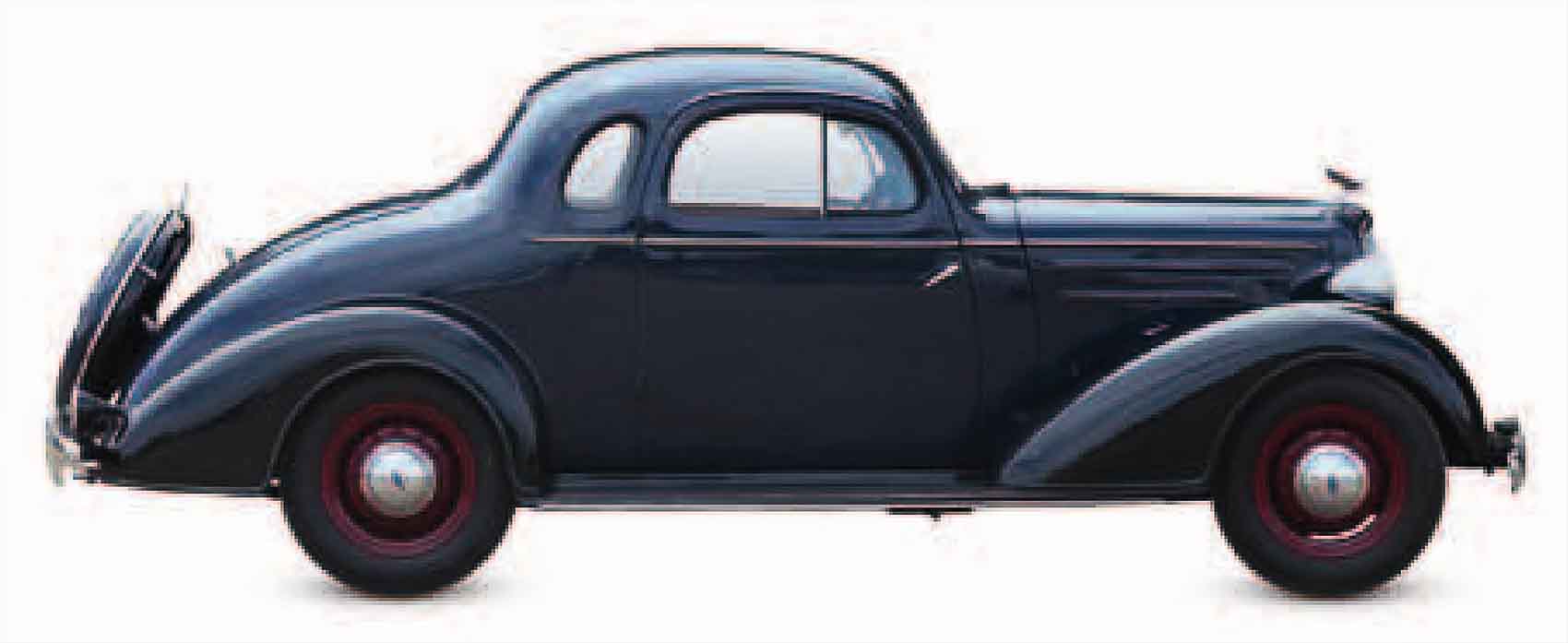
| Origin | USA |
| Engine | 3,358 cc, straight-six |
| Top speed | 85 mph (137 km/h) |
Chevrolet sold over half a million E-series cars in 1935, as car ownership increased greatly in the United States. Stylish, modern, and responsive, they had clear appeal.
Hudson Eight, 1936
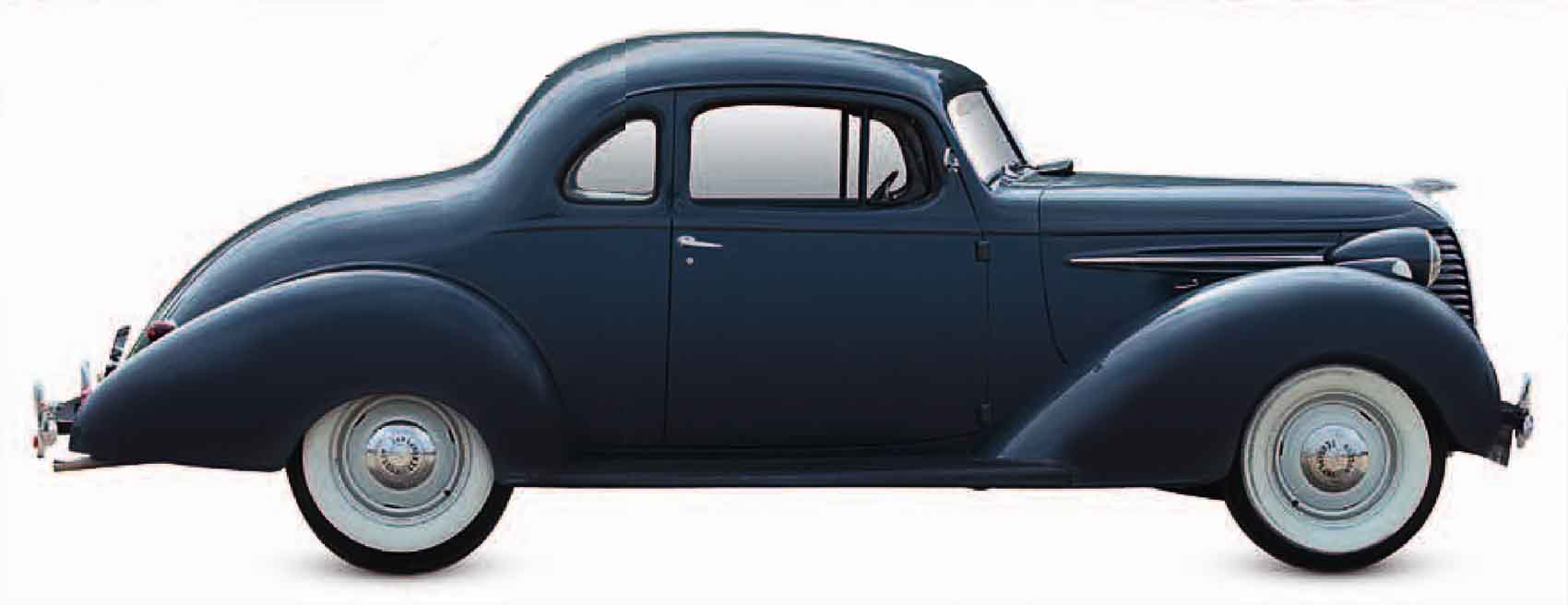
| Origin | USA |
| Engine | 4,168 cc, straight-eight |
| Top speed | 90 mph (145 km/h) |
Hudson moved gradually upmarket in the 1930s and lost some market share, but this rugged and powerful straight-eight sold well for its size.
Hanomaq Garant, 1936
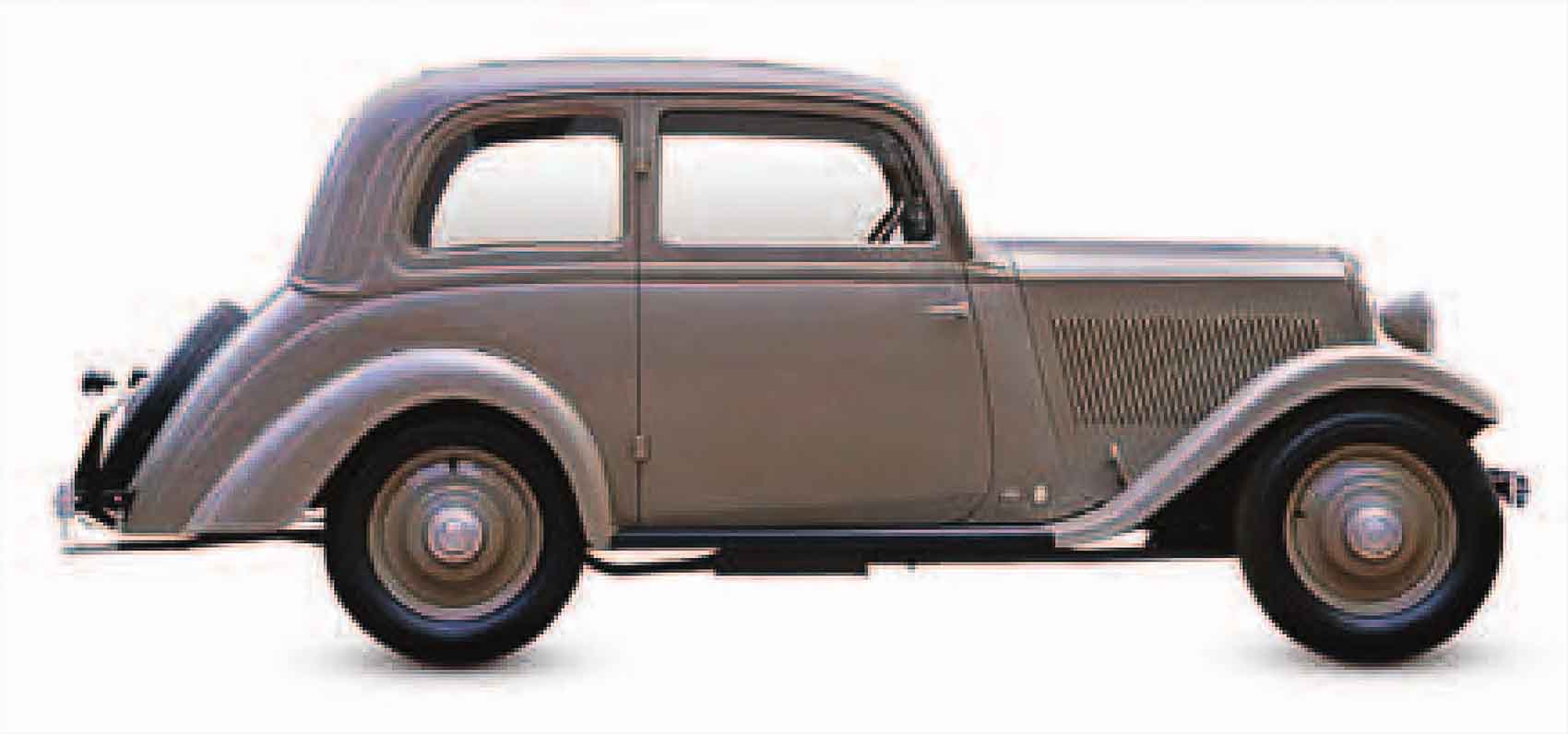
| Origin | Germany |
| Engine | 1,097 cc, straight-four |
| Top speed | 52 mph (84 km/h) |
A more conventional car than the 1920s Kommisbrot, the Garant proved very popular. Hanomag built no more cars after World War II, despite creating a promising prototype in 1951.
Plymouth P3, 1937
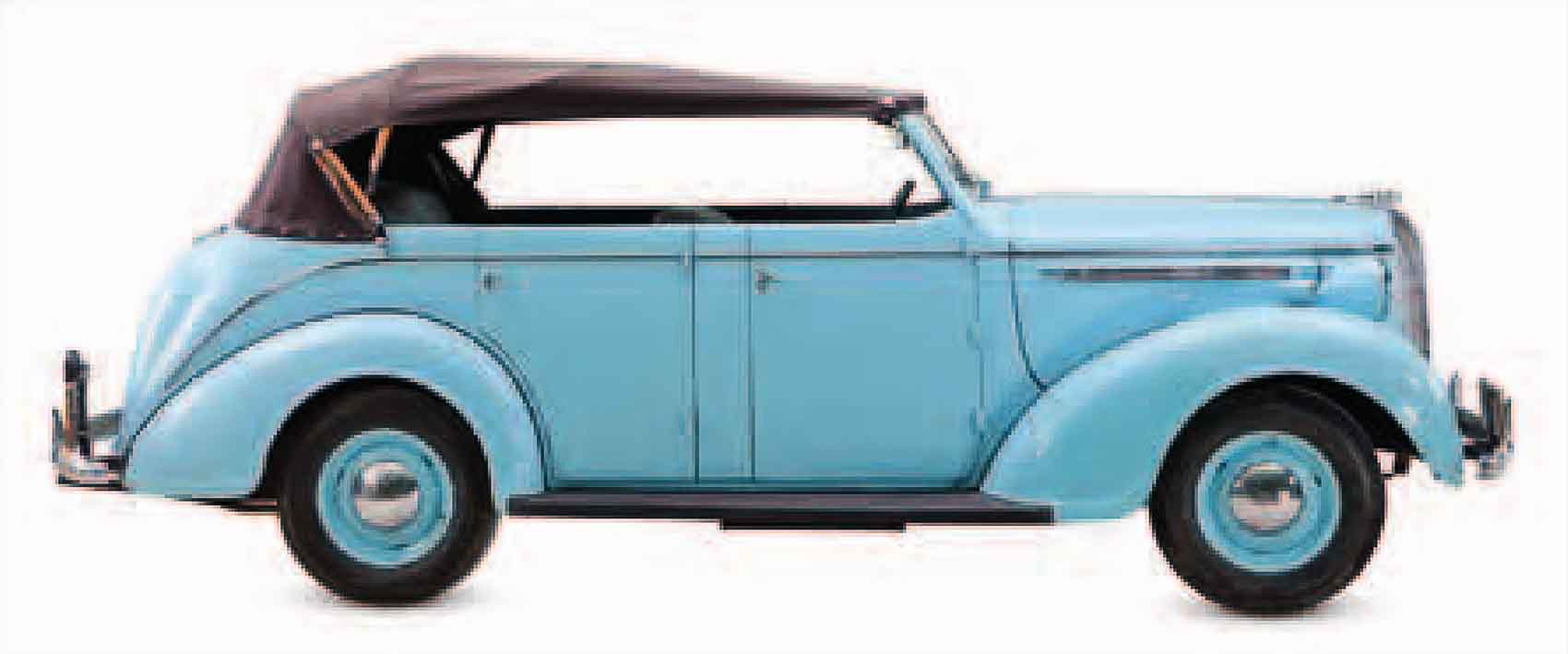
| Origin | USA |
| Engine | 3,300 cc, straight-six |
| Top speed | 75 mph (121 km/h) |
Chrysler’s bargain-basement marque was a U.S. sales phenomenon, with simple, rugged cars at an excellent price. In 1937, 566,128 Plymouths were sold.
Oldsmobile Six, 1935
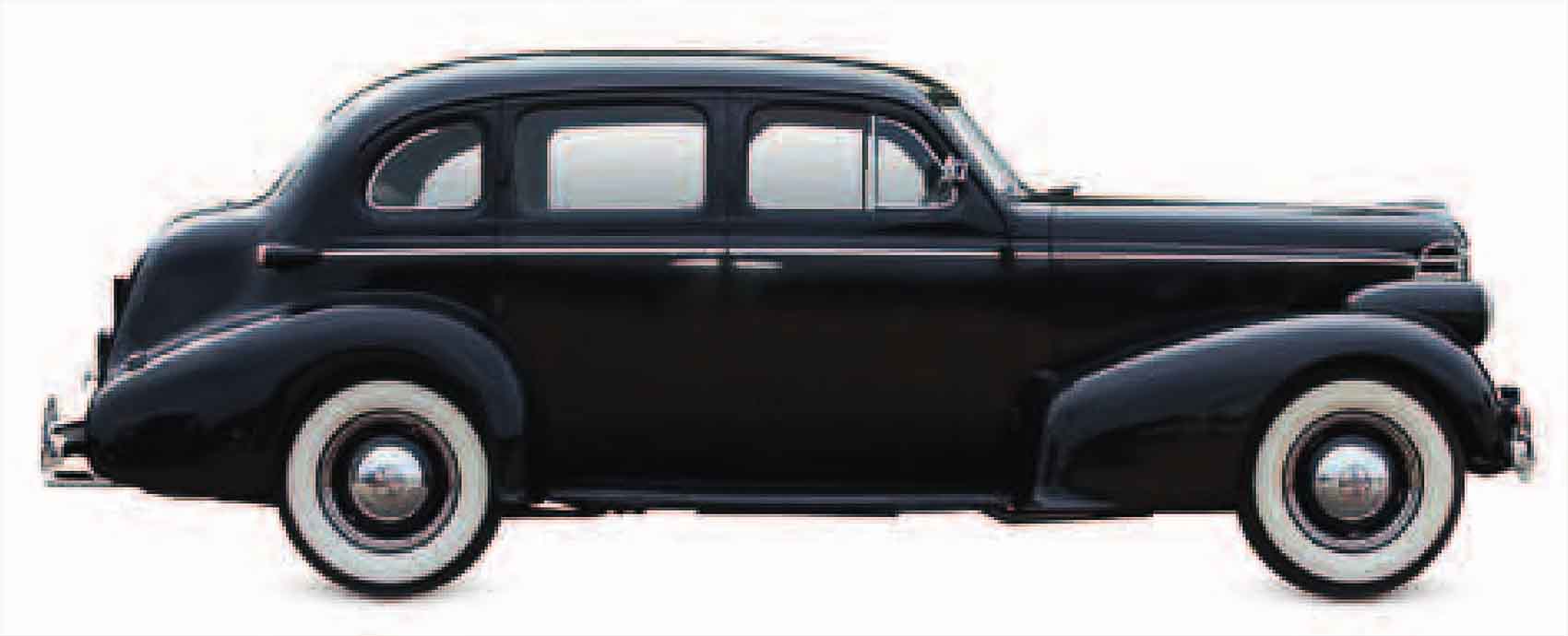
| Origin | USA |
| Engine | 3,530 cc, straight-six |
| Top speed | 80 mph (129 km/h) |
Oldsmobile was General Motors’ mainstream marque, selling on its pioneering features such as hydraulic brakes and synchromesh gears or an optional automatic gearbox.
Dodge D5, 1937
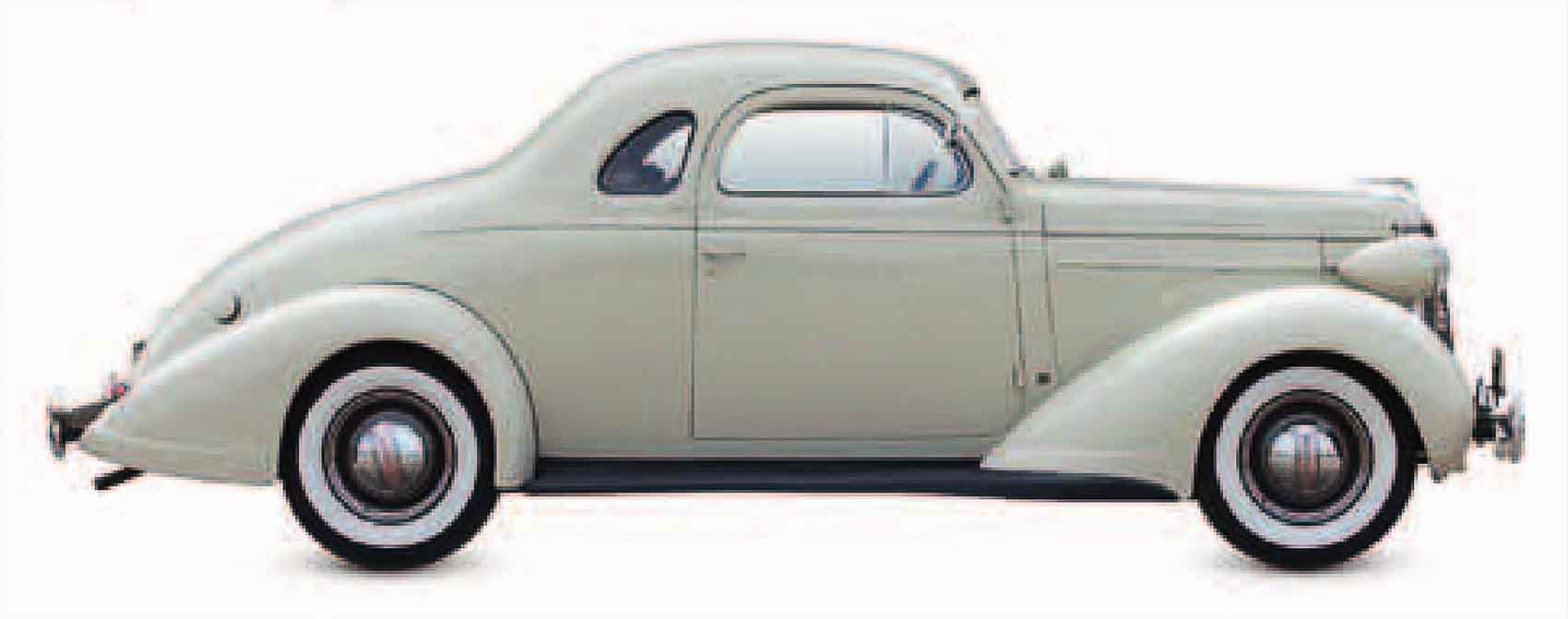
| Origin | USA |
| Engine | 3,570 cc, straight-six |
| Top speed | 85 mph (137 km/h) |
Though its body styling was very similar to other cars in the Chrysler group, the D5 sold 295,000 for Chrysler in 1937, thanks to strong U.S. demand for mid-range cars.
Dodge D11, 1939
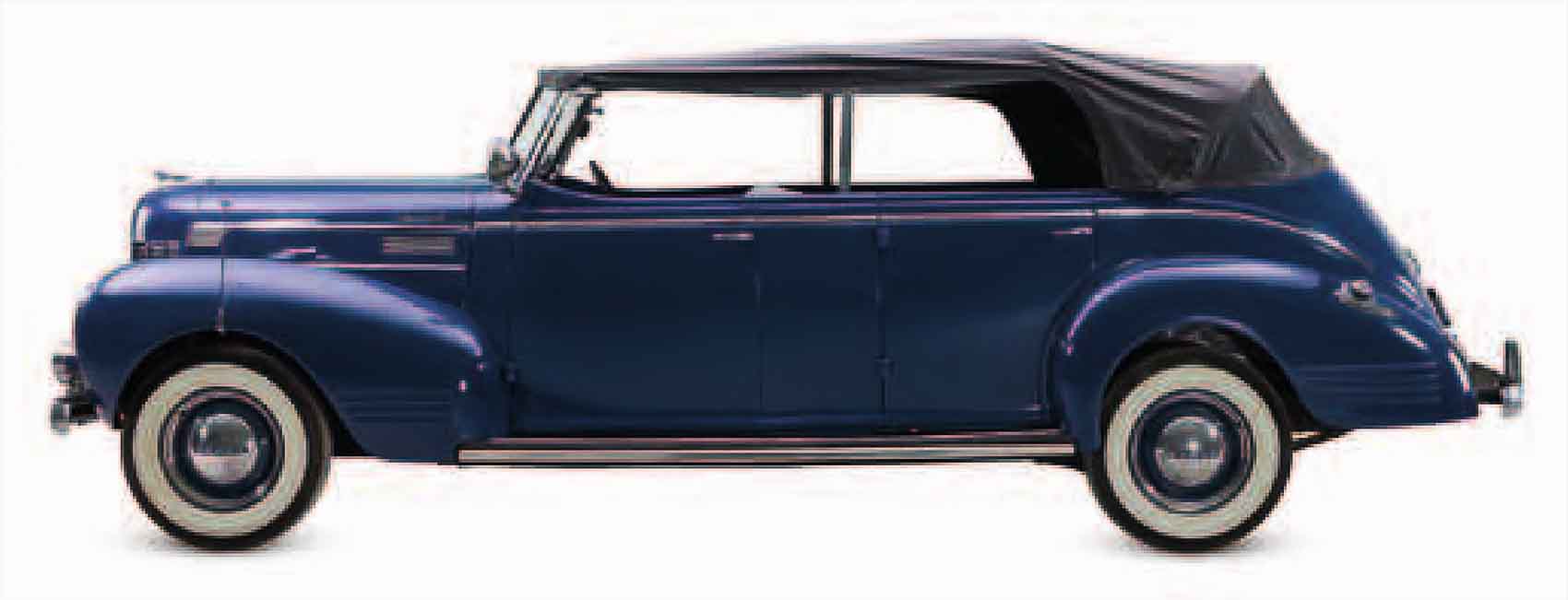
| Origin | USA |
| Engine | 3,570 cc, straight six |
| Top speed | 85 mph (137 km/h) |
Absorbed by Chrysler in 1928, Dodge celebrated its 25th anniversary with this modern v-screen, faired-headlight model that anticipated post-war styling.
Mercedes-Benz 260D, 1936
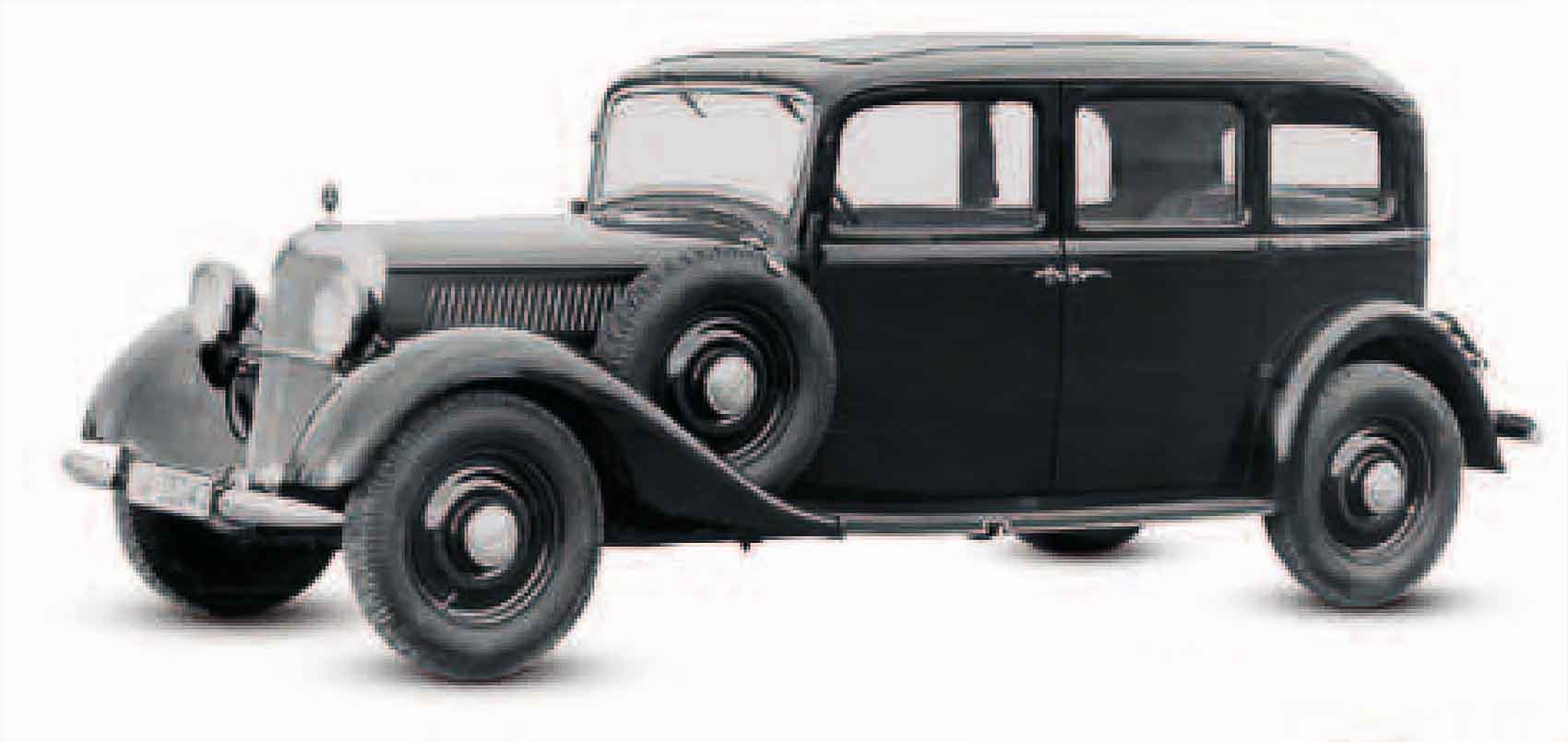
| Origin | Germany |
| Engine | 2,545 cc, straight-four |
| Top speed | 60 mph (97 km/h) |
Claimed to be the first production car with a diesel engine, the 260D was durable but rather slow and noisy. However, the diesel engine was a sign of things to come.
Mercedes-Benz 170H, 1936
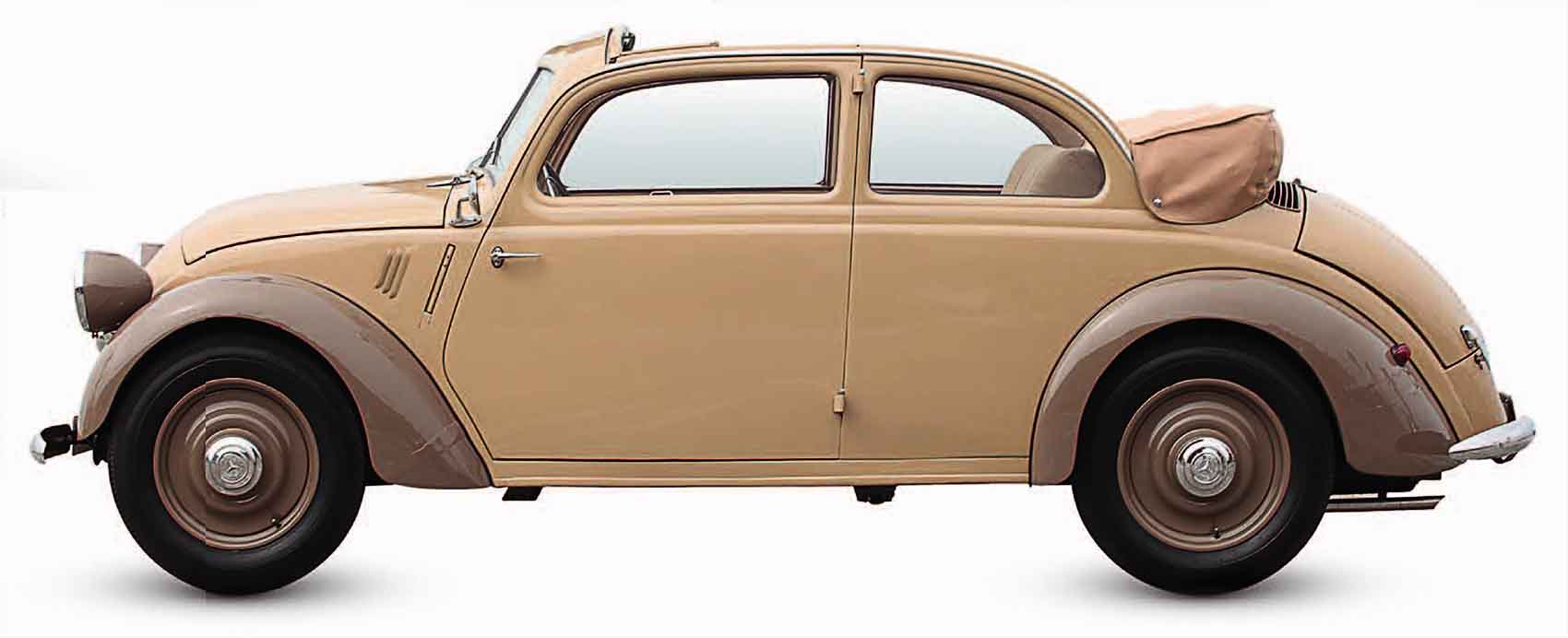
| Origin | Germany |
| Engine | 1,697 cc, straight-four |
| Top speed | 68 mph (109 km/h) |
When Adolf Hitler demanded a “people’s car” to mobilize Germany, Mercedes-Benz came up with the unsuccessful, rear-engined 130H and 170H, which offered open-top driving with side protection.
It is a quote. The Definitive Visual History Of The Automobile 2011




